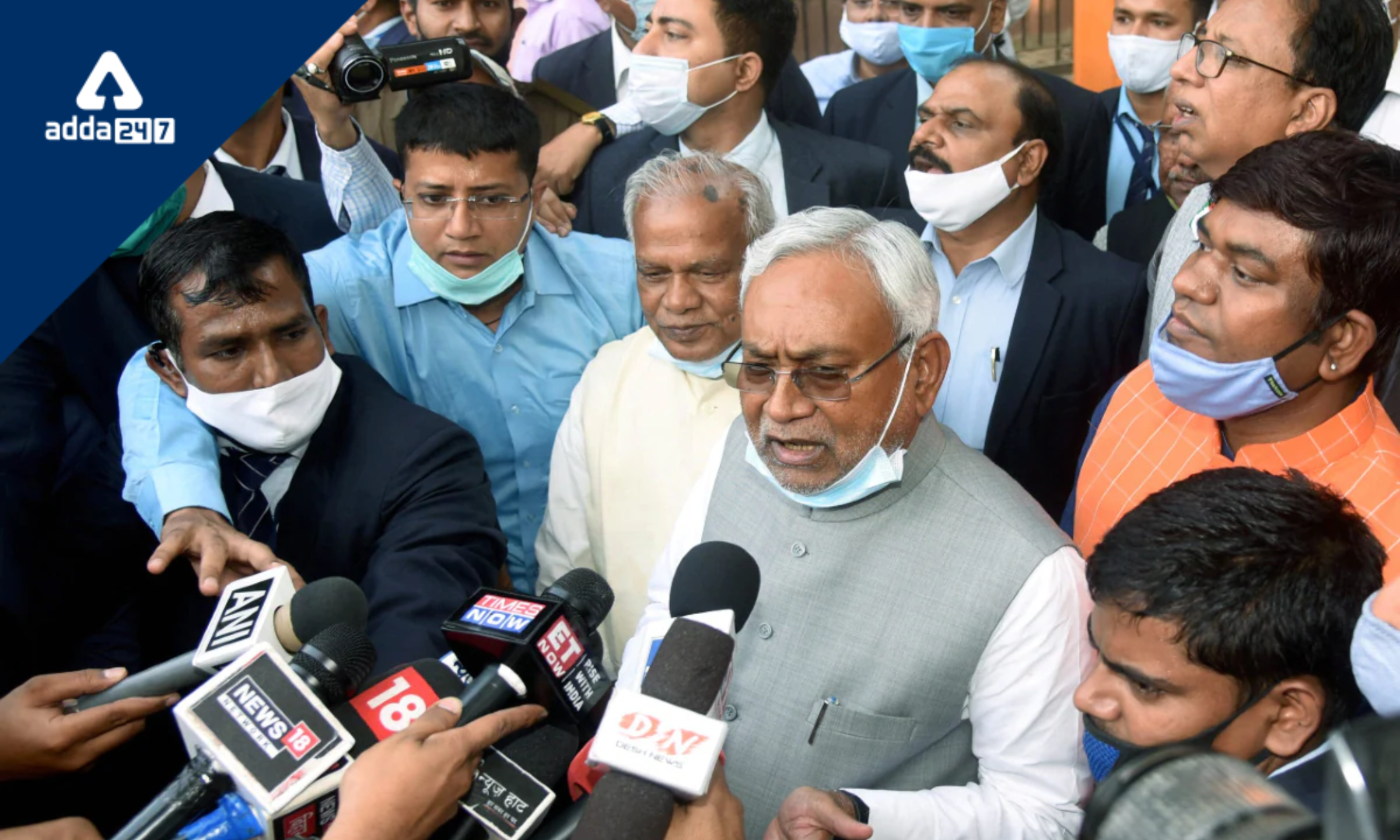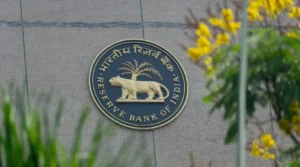Nitish Kumar resigned from the position of chief minister of Bihar, which he had been in an alliance with the BJP. At Raj Bhavan, Nitish Kumar went to see Governor Phagu Chauhan alone before announcing his resignation to the awaiting media. As per the information, Nitish Kumar has presented the governor of Bihar with the signatures of his party’s MLAs and the Mahagathbandhan, and he is hoping for an invitation to form the government once more.
Buy Prime Test Series for all Banking, SSC, Insurance & other exams
Nitish Kumar Resignation and Next Steps:
- Nitish Kumar is most likely to join the Mahagathbandhan in forming the upcoming administration.
- Nitish Kumar met Tejashwi Yadav of the RJD after presenting his resignation there.
- RJD and other grand alliance participants have pledged their support for JD (U).
- Prior to the chief minister’s meeting with the governor, MPs and MLAs of the JD(U) met.
- At his mother Rabri Devi’s residence on Circular Road, party leader Tejashwi Yadav called a concurrent gathering of RJD lawmakers.
- The Rashtriya Janata Dal requested that Mahagathbandhan MLAs remain at senior leader and former Chief Minister Rabri Devi’s home at 10 Circular Road till the Governor’s decision is made.
- As per the information, Nitish Kumar has presented the governor of Bihar with the signatures of his party’s MLAs and the Mahagathbandhan, and he is hoping for an invitation to form the government once more.
Nitish Kumar, Rashtriya Janata Dal: About
- RJD is the only party with a majority in the Assembly, and the Governor can ask Tejashwi Yadav, the party’s leader, to form the government following Nitish Kumar’s departure.
- Tejashwi Yadav may merely suggest the name of Nitish Kumar, though, because he has already provided Nitish Kumar with documentation from Mahagathbandhan MLAs.
- The Bihar Assembly currently has 77 seats held by the BJP. JD(U) has 45, Congress 19, CPIML(L)-led Left has 16, and RJD has 79.
Nitish Kumar takes oath 8 th time as Chief Minister of Bihar in 22 years:
- Nitish Kumar, the leader of the JD(U), took the oath of office once more on 10th August, 2022 to begin his eighth term as the chief minister of the state of Bihar.
- This happened the day after Nitish Kumar of Bihar severed connections with the BJP, claiming that the group “tried weakening the JD(U)”.
- Nitish Kumar re-joined the Mahagathbandhan, which also includes the RJD and other parties, after leaving the Grand Alliance in 2017 to work again with the alliance’s previous ally BJP.
- At Raj Bhawan, Nitish Kumar took his oath of office as chief minister of Bihar. Tejashwi Yadav of the RJD was sworn in as the deputy chief minister.
Nitish Kumar Political Career as CM:
- Despite not having a majority, Nitish Kumar took his maiden oath as chief minister on March 3, 2000, and held the position for seven days.
- Nitish Kumar resigned on March 10, 2000, even before the vote of confidence could be held in the Assembly since neither the Rashtriya Janata Dal (RJD) nor the National Democratic Alliance were able to reach the halfway point in the legislature.
About Rashtriya Janata Dal:
- The Rashtriya Janata Dal is a socialist political organisation in India based in the states of Bihar, Jharkhand, and Kerala.
- Lalu Prasad Yadav launched the party in 1997.
About Janata Dal(U):
- On October 11, 1988, the birth anniversary of Jayaprakash Narayan, the Lok Dal, the Indian National Congress, and the Jan Morcha joined forces to form the Janata Dal, an Indian political party, which was led by V. P. Singh.
- After the 1996 general election in India, the Janata Dal-led United Front took power with the help of the Indian National Congress.
- The Janata Dal progressively split into a number of smaller groups, primarily regional parties Biju Janata Dal, Rashtriya Janata Dal, Janata Dal (Secular), and Janata Dal (United).
- The socialist Janata Dal (United), also known by its initials JD, is a major political force in eastern and northern India.
- JD (U) is an acknowledged party in the state of Bihar and Arunachal Pradesh, as a state party, and it participates in Bihar’s administration.




 November 2025 Month Current Affairs PDF
November 2025 Month Current Affairs PDF
 RBI’s ₹1 Trillion OMO Purchase: What It ...
RBI’s ₹1 Trillion OMO Purchase: What It ...
 Which Animal is Known as the Unicorn of ...
Which Animal is Known as the Unicorn of ...







